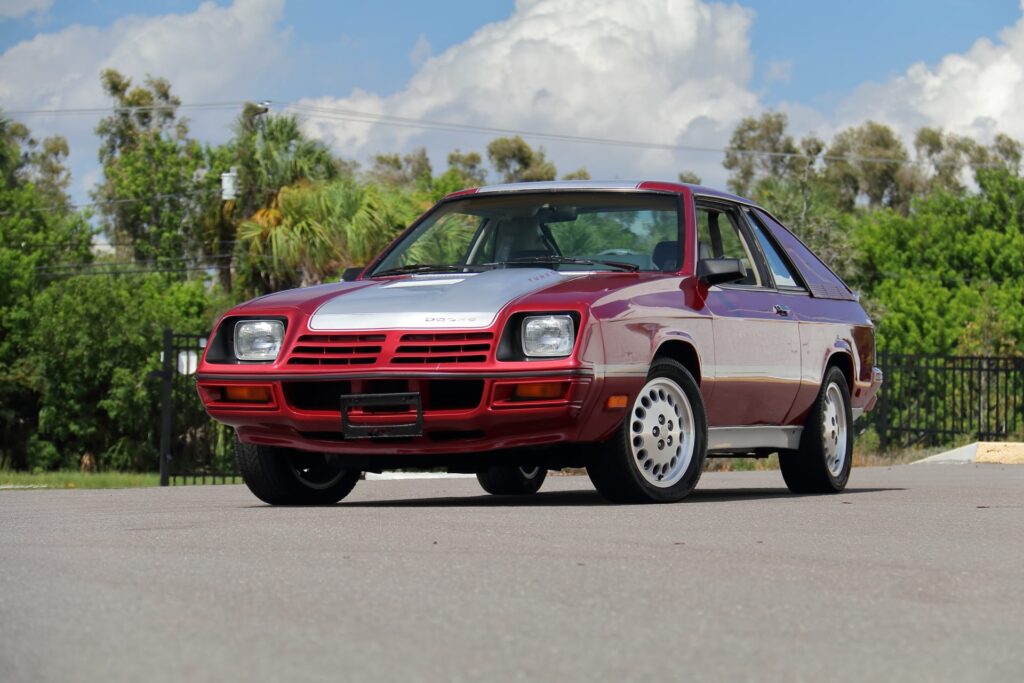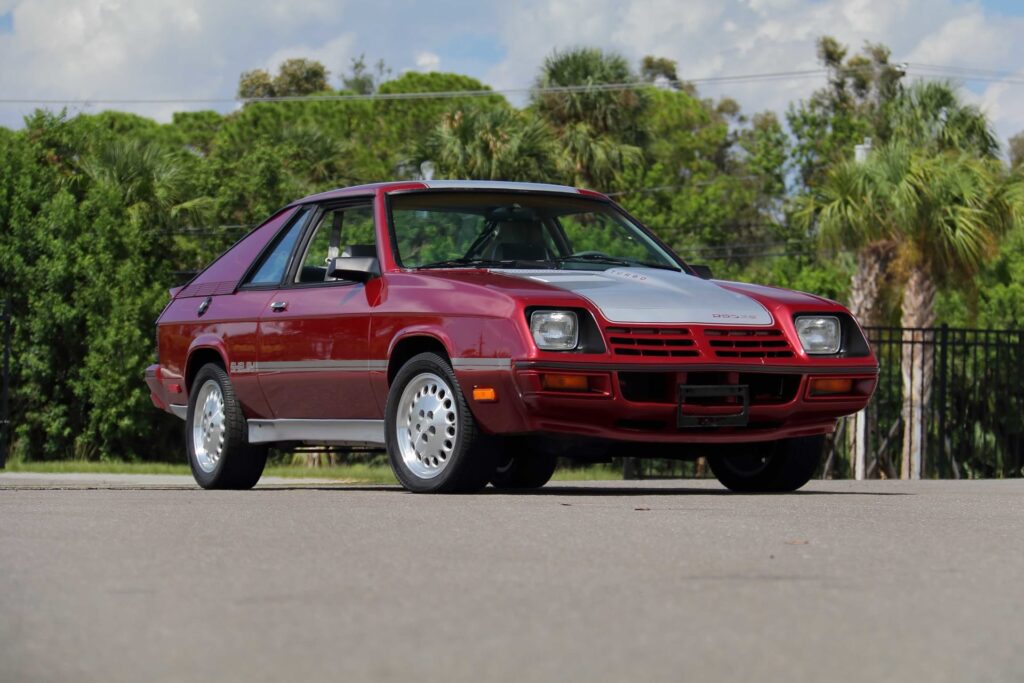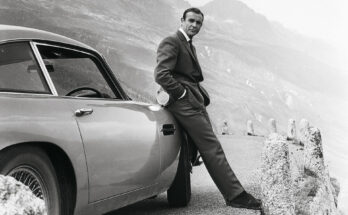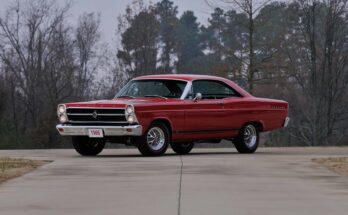
In the early 1980s, the American automotive landscape was navigating a post-muscle car era, with fuel efficiency and front-wheel-drive econoboxes dominating the market. Amid this shift, an unlikely partnership between Chrysler and legendary performance guru Carroll Shelby birthed a standout: the Dodge Shelby Charger. This compact, turbocharged beast brought a spark of excitement to the decade, proving that small cars could pack a serious punch.
Introduced in 1983, the Dodge Shelby Charger was a high-performance variant of the Dodge Charger, itself a rebadged version of the Dodge Omni L-body platform. The collaboration came about when Lee Iacocca, then Chrysler’s chairman, tapped Shelby—famous for his work on the Ford Mustang and Shelby Cobra—to inject some of his magic into Chrysler’s lineup. The result was a car that transformed the humble Charger into a performance icon, blending affordability with thrilling dynamics.The Shelby Charger debuted with a 2.2-liter inline-four engine, producing 107 horsepower—a modest figure by today’s standards but impressive for a lightweight compact in the early ‘80s. By 1985, the addition of a turbocharged variant, dubbed the Shelby Charger Turbo, boosted output to 146 horsepower, making it a formidable contender in the emerging hot hatch segment. The car’s handling was sharpened with a Shelby-tuned suspension, stiffer springs, and unique styling cues like bold decals, a front air dam, and sporty wheels, setting it apart from its more pedestrian siblings.
In 1984, Popular Hot Rodding Magazine pitted the Shelby Charger against V8-powered rivals like the Chevrolet Camaro and Ford Mustang in its “Battle of the Super Cars” editorial. Equipped with a nitrous oxide system (NOS), the turbocharged Shelby Charger delivered a surprising 14.24-second quarter-mile time, outshining its competitors in braking, slalom, and cost categories. This victory showcased the car’s potential to compete with heavier, more powerful muscle cars, earning it respect among enthusiasts.The pinnacle of the Shelby Charger lineup arrived in 1987 with the GLHS (Goes Like Hell S’more), a limited-edition model with only 1,000 units produced. Built by Shelby’s team in Whittier, California, the GLHS featured a 2.2-liter Turbo II engine with an intercooler, churning out 175 horsepower and 175 lb-ft of torque. Paired with a five-speed manual transmission, it could hit 60 mph in under 7 seconds, rivaling many sports cars of the era. Distinctive features included Koni adjustable shocks, Centurion wheels, and a bold black exterior with Shelby badging, making it a collector’s dream today.Despite its performance credentials, the Shelby Charger wasn’t without flaws. Critics noted that the base Dodge Omni platform limited its refinement, and by 1988–1989, when Dodge took over production, the Shelby-branded models lost some of their unique hardware, such as rear disc brakes and bespoke wheels, leading to a dip in appeal. Production of the Shelby Charger ended in 1987, with Dodge continuing lesser versions until 1989, but none matched the GLHS’s raw character.The Shelby Charger’s legacy endures as a symbol of innovation during a challenging time for American automakers. It proved that performance could thrive in compact, efficient packages, paving the way for future Chrysler performance vehicles like the Dodge Viper. Today, well-preserved examples, especially the rare GLHS, command premium prices at auctions, with collectors cherishing their place in automotive history.
As one enthusiast recently posted on X, “The 1987 Dodge Shelby Charger GLHT with that turbo 2.2L was a pocket rocket at 146 hp—pure ‘80s vibes!” Another noted its cultural impact, recalling how it stood out alongside other Shelby-tuned Dodges like the Omni GLH-S. For those who lived through the era, the Shelby Charger remains a nostalgic reminder of when a small car with big ambitions stole the show.



